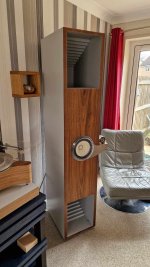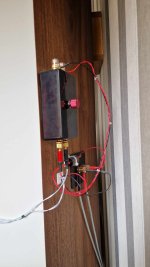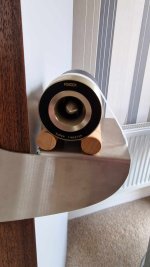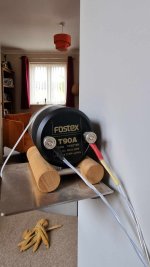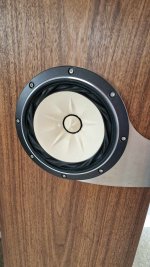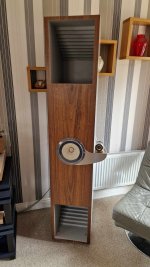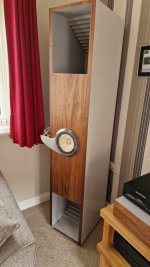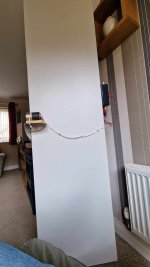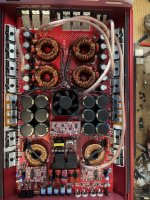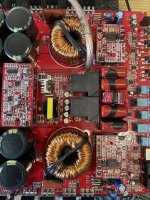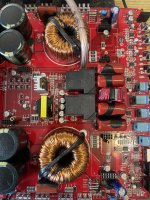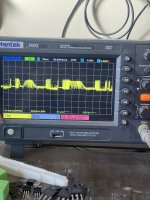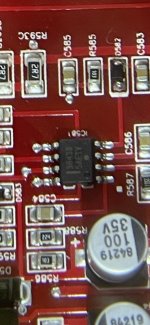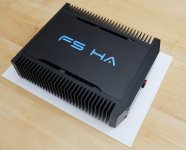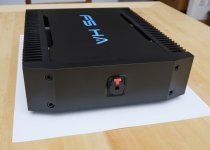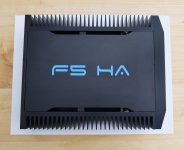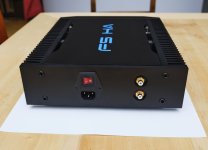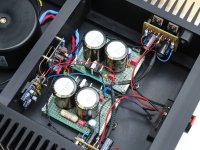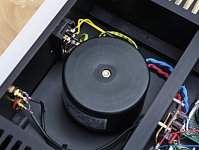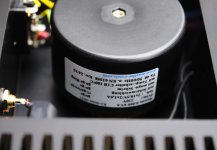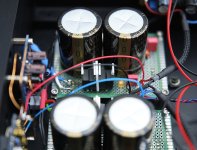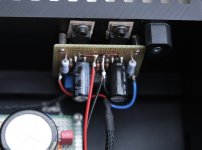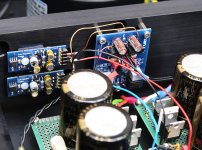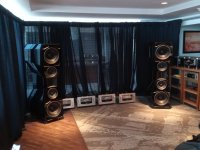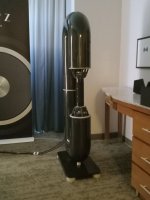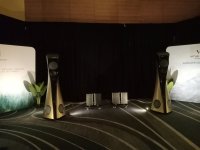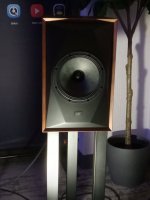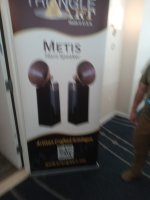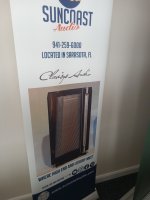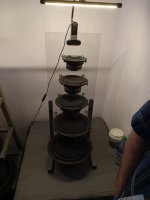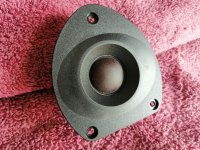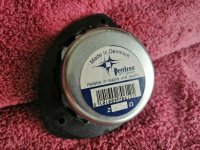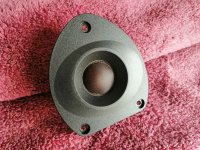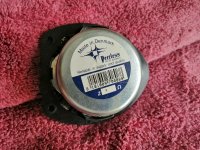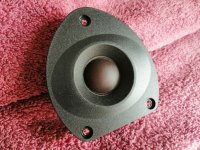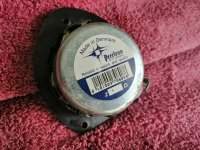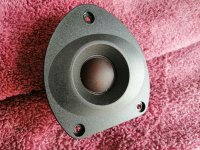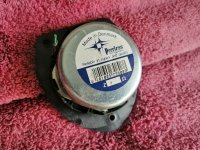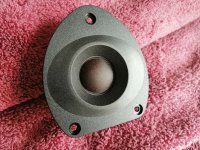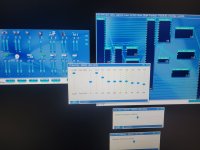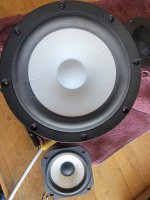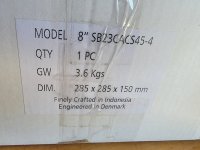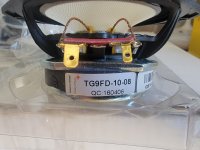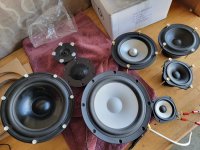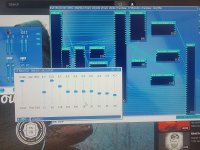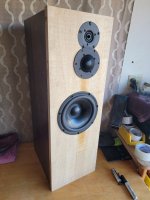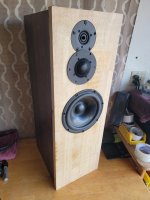Hello all,
I have this LM3886 amplifier with integrated NE5534 preamp and power supply. This is what it looks like:
I have been using this for a while with an old non-toroidal transformer, without a case. I did not take care to ground it, as it was without a case (I should have). I never had problems with noise.
Since I like it a lot, I decided to purchase a nice toroidal transformer and an aluminum case to put everything in. However, I am faced with trouble when trying to connect it to my sound source. The problem seems to be related to grounding. I hear the term ground loop noise but I am not sure if this is the problem I am dealing with.
The toroidal transformer is 2x30V, 160VA power. I have joined the primary coils and insulated the connection. I also connected the secondary coils and got a center tap to connect to the middle socket of the power supply input. Obviously, this is the three prong terminal at the lower left of the board. Speakers are connected to the right side of the board.
Now when it comes to choosing a ground point to connect to the case, the manufacturer recommended the bottom left hole. Indeed there is a visible trace there that makes that point electrically very close to the grounded sides of the two big capacitors. I had soldered a lead there before I asked him the question, so I left it there considering it ok:
Now, as to how I am connecting to source, I use these screw type RCA terminals with the 3-pin connector supplied with the board. You will notice it is currently outside the aluminum case as the noise problem I am about to describe is so severe and not affected by having the board inside or outside the case.
So, what I am dealing with, is noise. Again, I mention that I never had this problem before, because it was outside a case and things did not lead me to consider grounding it with the IEC inlet ground. The thing is, if I leave it ungrounded, there is just a slight noise from EMI because it's not in a case. The moment I connect the IEC ground lead to the ground point show above, I get a lot of noise.
I am not sure it is EMI noise. Because the amp board is connected to an audio interface and then electrically with a computer, I 'm dealing with noise that seems to originate from the computer. Essentially I am hearing all the electrical activity of the computer as quite loud noise. You can imagine the volume levels of listening to some relatively low to mid volume calm music, only it isn't calm. By electrical activity of the computer I mean for example, I can hear the wireless receiver of my mouse when I move it, or a difference in noise when I turn on the computer keyboard LEDs on/off (on means more noise). Again, this is much louder than say, some residual EMI of a fairly well put together setup.
The moment I disconnect the IEC inlet ground from the board, the noise goes away, and there's only very low residual noise, I presume EMI. Also, to be noted, if I connect my mobile phone at the input, I can ground the board via the IEC inlet ground with no probems whatsoever. Obviously the phone operates from a battery, and is floating without a ground.
Can you firstly help me identify the type of problem here? Is it a so called ground loop noise issue? Both the computer and the amp are on the same multi socket inlet connected to mains.
Obviously, I am still expecting various parts to complete my amp, most importantly proper RCA terminals to connect to the back panel. But this thing is so severe that I think it requires immediate investigation since it happens both inside and also outside the case.
Are there things I should make sure before starting to troubleshoot this? And how would I go about doing that and hopefully fixing this? It is so prominent an issue that it must be solvable.
Many thanks for reading, any pointers/help are more than welcome.
